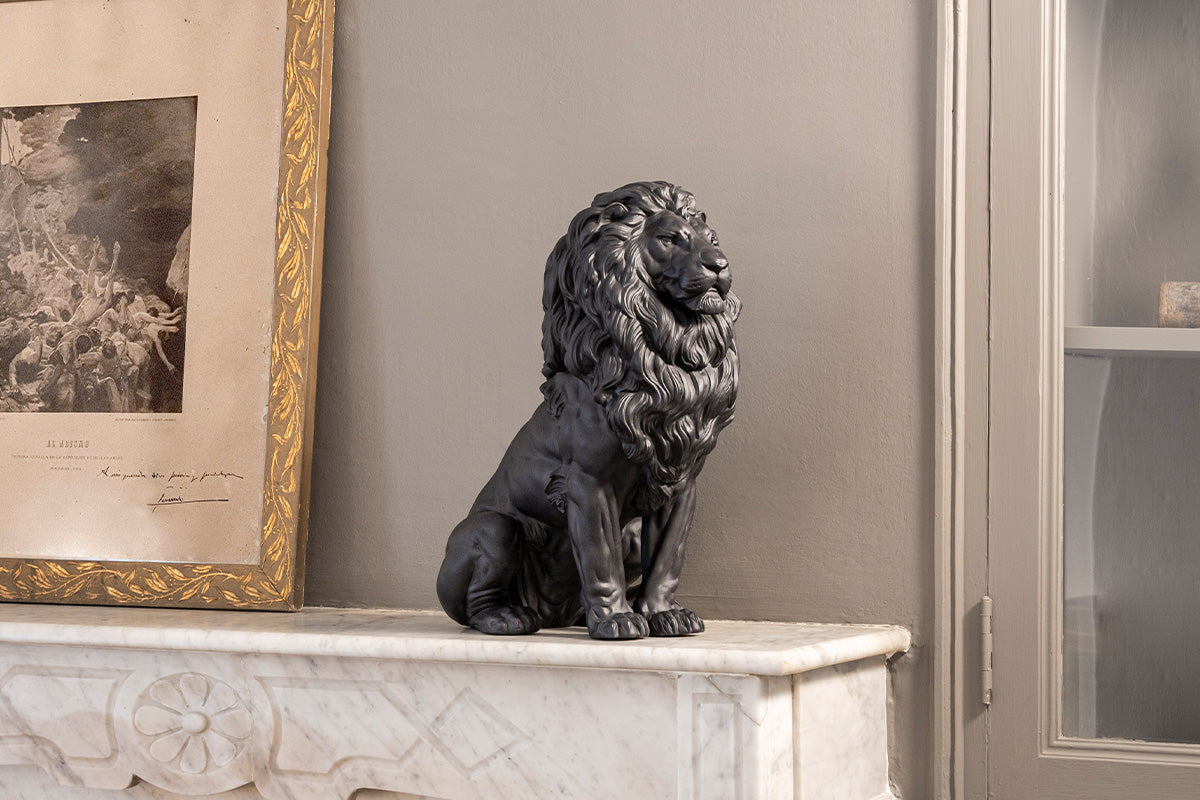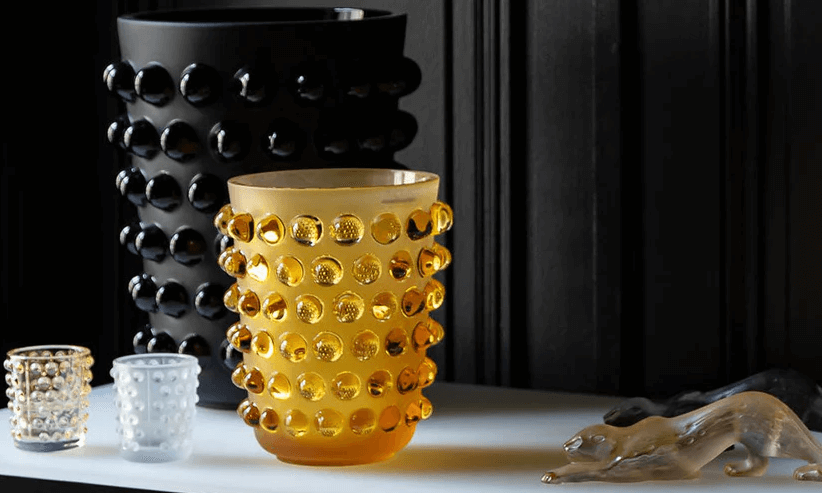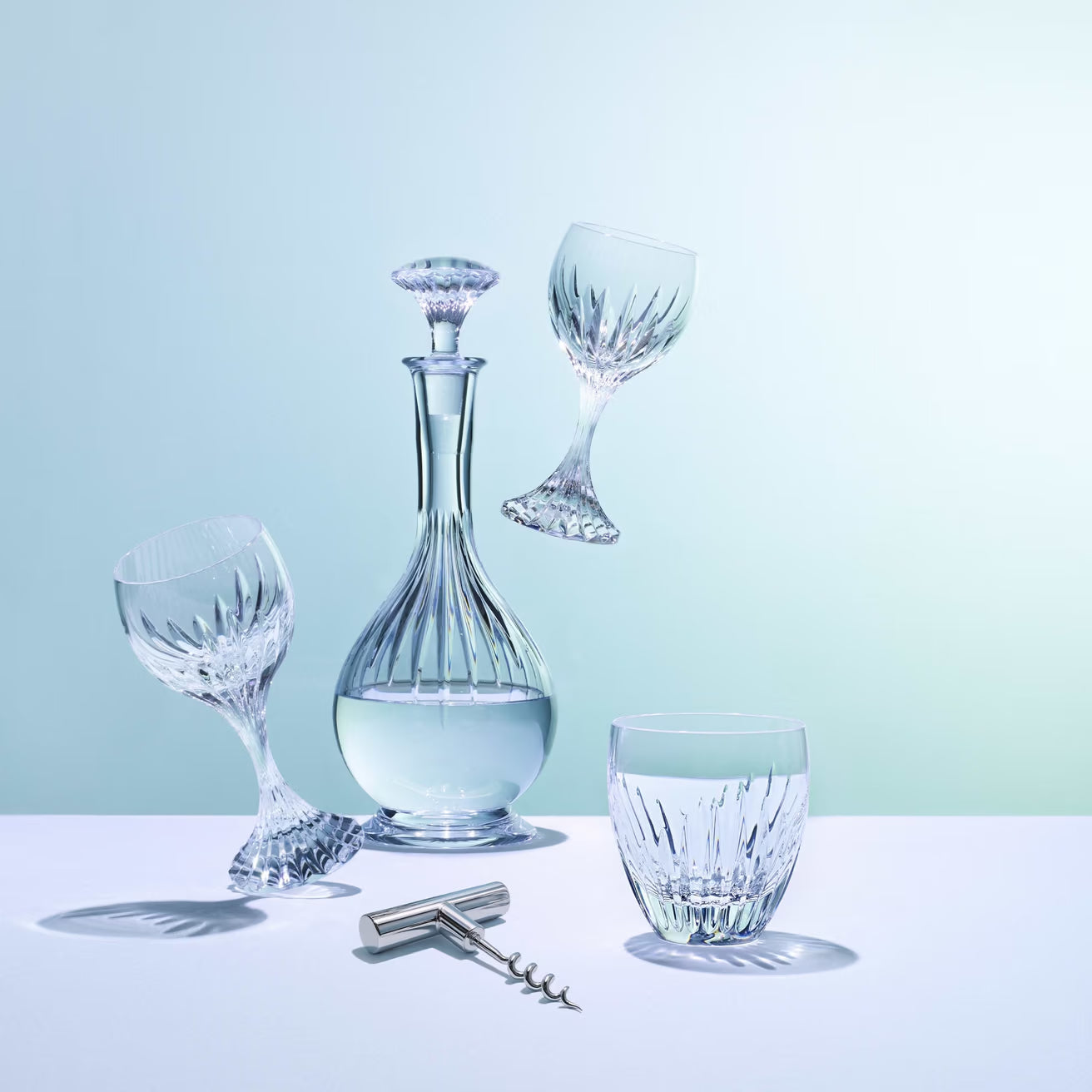Porcelain Figurines: Are They Still Relevant Today?
Tagged with:About Lladró
Share
White Gold, a moniker for porcelain, is not a term widely used in current times, but porcelain was considered for centuries, in the highest regard as people went far lengths to get one, as with any item with any social cache did at that time.

Lladró are well known for their pastel colours. Click here to read why other brands are not able to produce pastel colours in their porcelain pieces.
Marco Polo brought porcelain to Europe in the 14th century, together with other discoveries he’s found on his travels. He called porcelain, porcellana, an Italian nickname for the cowrie shell, as both has shiny white surfaces. At the beginning, Europeans were enthralled with the material as it seemed ethereal and mythical. The pure white porcelain, coupled with vivid colours that were delicate and precise, was nothing like the ceramics they’ve seen and are used to. It was exotic and difficult to get, and slowly became a signature of status and wealth.
The appetite for porcelain became larger and larger, with European commissions being sent to China, and the elite proudly displaying their custom orders whilst entertaining at home. There were massive problems with this, as pieces break and crack on the long journey, some never even making it to Europe. The logistical challenges also meant that there was a capped number of porcelain that would make its way into Europe, far below the demand for it. The Europeans tried for a very long time to make porcelain, but even with numerous attempts and a sound culture and knowledge in ceramics, were not able to create the pore-less smooth surface of porcelain and its ‘perfection’.
German Johann Friedrich Böttger is commonly attributed as the pioneer in the field, and he discovered a mix that created the finesse of porcelain from China. He started making hard-paste porcelain in mass quantities, and the knowledge and expertise of the material grew in Europe as many more now had access to this know-how.
Cordless LED porcelain lamps - for modern flexible living
European porcelain is a separate thing altogether - it’s much more varied in style and is produced for a modern environment. Porcelain now isn’t just limited to tableware or vessels, there’s also a wide selection of figurines, lamps, diffusers and jewellery. This is when collecting porcelain became more mainstream as it became much easier to transport, and stylistically, pieces are made to suit a much more western style.
PORCELAIN AS A FINE ART
Fast forward to today and porcelain is still sought after because there’s a sophistication and artistry that cannot be expressed in other mediums. As porcelain pieces all start off in white, it is a great canvas for expression of colour and shows up clearly. The translucent quality of porcelain also means that colours look much better in both bold and subtle colours.
Porcelain is still regarded to be a fine art and whilst many ceramicists make many different types of ceramic ware, there aren’t many that make porcelain because it is so difficult to perfect. Producing porcelain is a much more labour intensive skill, and one that is less forgiving. Porcelain is expected to be perfect, without any bubbling and with a fine even texture. It requires years of know how, patience and skill.

Pablo Picasso called sculpture “the art of the intelligence”. Pictured is the Lladró’s Blue-Gold Elephant.
PORCELAIN FIGURINES
Sculptures are popular as an art form, as when you view it from different viewpoints, you discover a different section of that sculpture, and even if you’ve had a piece for a long time, in different spaces and light, it seems new and different. The way sculptures respond to light and space is dependent on many other factors such as the glaze, colours and other details, and in turn every time you see a piece, it varies slightly. This is why collectors collect sculptures.
People turn to Lladró as their sculptural pieces can be easily incorporated into different interior design styles, to create layers of visual interest in the decor. Some pieces are so collectible they sell out in less than a month, and some pieces even fetch a pretty penny at auction.
Lladró’s The Guest in Yellow (Small), Echoes of Nature Candles, & Spanish Pure Breed Horse Sculpture Limited Edition.
Porcelain has also evolved over time from something that is decorative, to functional items such as lighting and homewares. With the advancement of technology and better know how today, artisans are able to mould and incorporate porcelain into modular parts that make up a piece that is both functional and aesthetically artistic. This wasn’t possible before as sculptors were not able to create a consistent flow of production, and it was much more difficult to control the many factors that make a porcelain piece.
Research and development is still a big area that porcelain companies such as Lladró invest in, as with smaller spaces and more selective buyers, it is crucial for the brand to keep innovating its processes and art, whilst also create items and designs that will still be relevant 50 years from now on.
THE BENEFITS OF PORCELAIN
- Porcelain is tough and hard-wearing
- Porcelain is heat resistant and UV light resistant
- Porcelain is largely unaffected by wear and tear
- Porcelain is less porous than other stone surfaces therefore doesn’t stain
- Porcelain can withstand harsh chemicals
- Porcelain is an environmentally friendly and completely recyclable product
- Porcelain can be used for many different applications, both indoors and outdoors, with no special sealing or treatment needed







